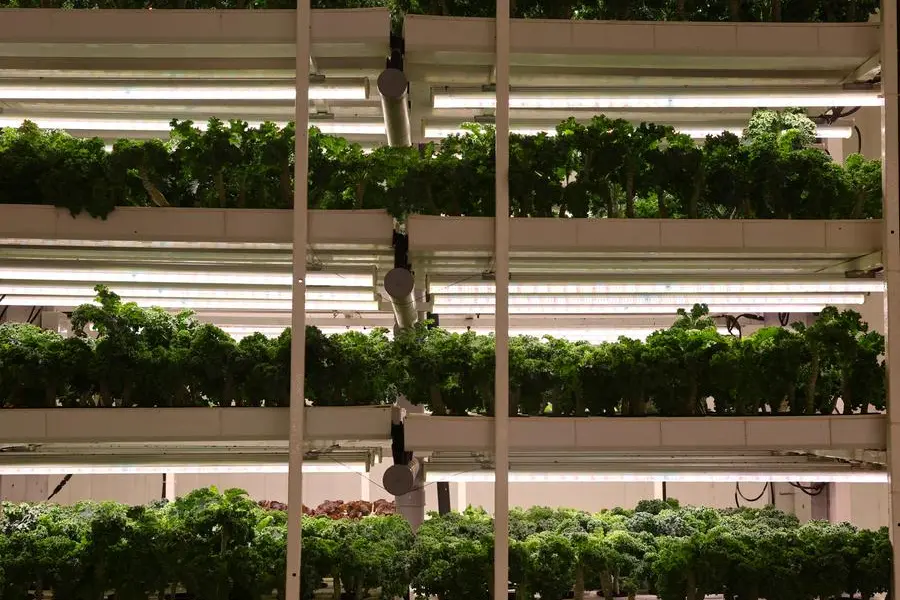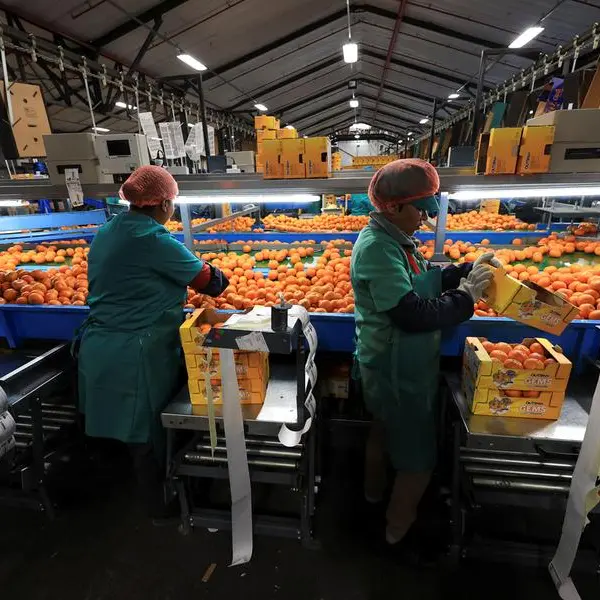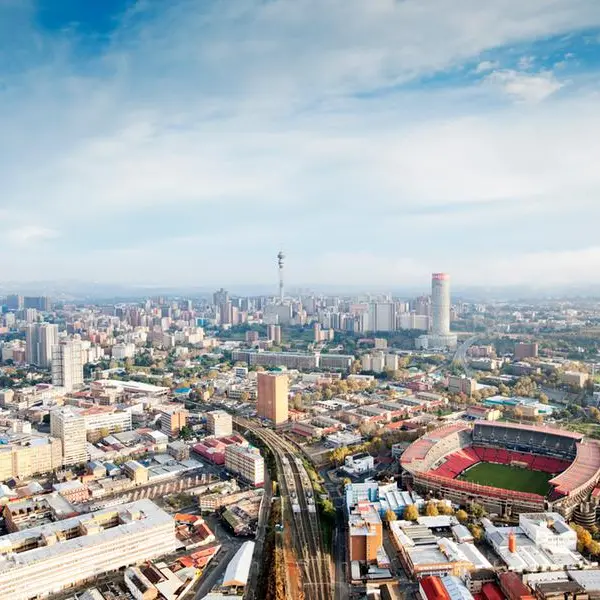PHOTO
Leafy vegetables are pictured at the lab and digital smart farm at Veggietech, a start-up farm, that produces all year-round crops using smart and sustainable farming technologies in the middle of UAE's Sharjah desert, in Sharjah, United Arab Emirates, February 1, 2023. REUTERS/Rula Rouhana
Agriculture is a game of fine margins and unfortunately, in the primary agriculture sector, input prices tend to increase more rapidly than the price the commodity sells for. This creates a cost-price squeeze effect as a farm’s profit margins are squeezed between fast-growing input costs and producer prices that fluctuate or escalate at a slower rate. This occurs across the globe but the lack of subsidies for the South African farmer increases the need for them to become more efficient.
I was honoured to participate in a panel discussion on this topic at Nampo Cape recently and together with my fellow panel members we concluded that, while there are certain cost elements that are beyond the producer’s control, such as seed, fuel, fertiliser, mechanisation and pesticides, there are various ways they can optimise their operations to drive improved business efficiency and sustained profitability.
It’s important to mention that the primary purpose of optimisation should be sustained profitability rather than simply increase yield. There is no point in optimising inputs to produce a high yield while profits remain low. In dealing with the continual margin squeeze many producers increase the size of their operation to achieve economies of scale. But scale on its own is not the silver bullet, if your core business is not efficient then growing for the sake of it merely turns a minor problem into a bigger one.
The key is to produce more with less
In our experience, the most effective way of optimising operations is to drive efficiency to produce more with less. This can be done in several ways, but two of the most effective are the use of technology, particularly precision farming – which uses crop data to enable precise application of inputs such as water, fertiliser and pesticides to maximise efficient use of resources – and farming sustainably. For example, evidence suggests that switching to conservation agriculture results in reduced input costs and lower production risk through more stable yields.
This practice also focuses on improving soil health and fertility, which allows soils to retain water and nutrients more effectively. Aligned to doing more with less this helps boost water efficiency and may lead to lower fertiliser application.
Likewise, regenerative agriculture provides similar benefits to conservation agriculture, while also decreasing the need for pesticides and mechanisation – again reducing input costs and making the farm more climate-resilient and drought resistant.
The good news is that, in terms of precision agriculture, farmers are becoming more tech-savvy and are starting to see the benefits of innovation, thanks to research and networking with producers who are more open to embracing this technology.
Sadly, however, many farmers don’t view sustainable farming as an efficiency mechanism that also reduces business and climate risk. Many still see it as a compliance cost as opposed to a benefit, which is particularly unfortunate as carbon taxes and emissions increasingly become a factor both locally and internationally. The reality is that we have seen sustainable practices be a game changer for clients.
An example is a mushroom farmer in KwaZulu-Natal who was faced with energy insecurity and the escalating cost of energy. The installation of renewable energy not only resulted in a reliable supply of energy, but it pegged the cost which addressed the risk while also significantly reducing one of their key input costs.
The cost-price squeeze impacts lending as well as profitability
From the bank’s point of view, we consider an application for finance from a ‘total risk’ perspective which includes both financial and business risk. Business risk is essentially the risk faced by a business independent of the way it is financed.
This means that we don’t only consider the agribusiness’s assets and liabilities, we also need to be confident that business risks facing a business, such as production and price fluctuations and the impact of, for example, extreme weather, climate change, exchange rate volatility, access to markets and global market disruptions are being considered and managed.
These factors, amongst others, impact the applicant's ability to repay their debt and to navigate the good with the bad. It is important to differentiate between "good" and "bad" debt: good debt essentially supports business growth and contributes to addressing risk and driving business efficiency, while bad debt can have the opposite effect. Too much debt or a debt trap can suppress innovation and restrict a business in striving for long-term sustainability, both financial and environmental.
As responsible lenders, we at Nedbank use our expertise and understanding of the sector to drive positive change through our lending and to support clients on their growth journey. We also play a significant role in raising awareness about climate risk, climate-smart farming and sustainability, the intention being to meaningfully contribute to a robust, sustainable, and climate-resilient future.
After all, without farmers, there is no agricultural sector, so their sustainability and profitability should be everyone’s concern.
All rights reserved. © 2022. Bizcommunity.com Provided by SyndiGate Media Inc. (Syndigate.info).





















